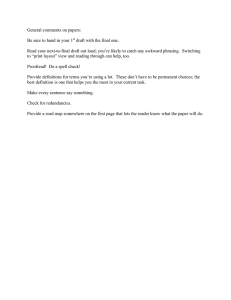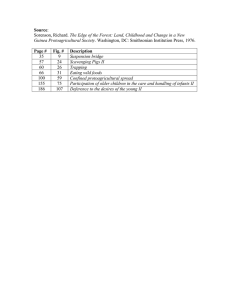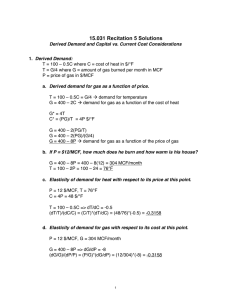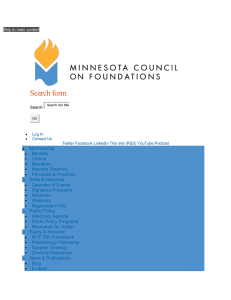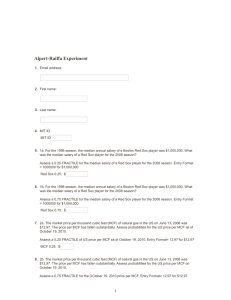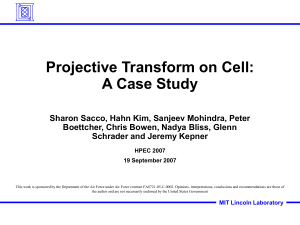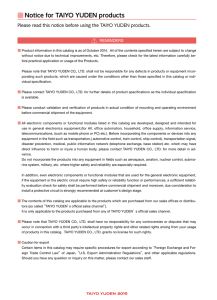Derived Demand and Capital vs. Current Cost Considerations Recitation 5 Practice Questions
advertisement
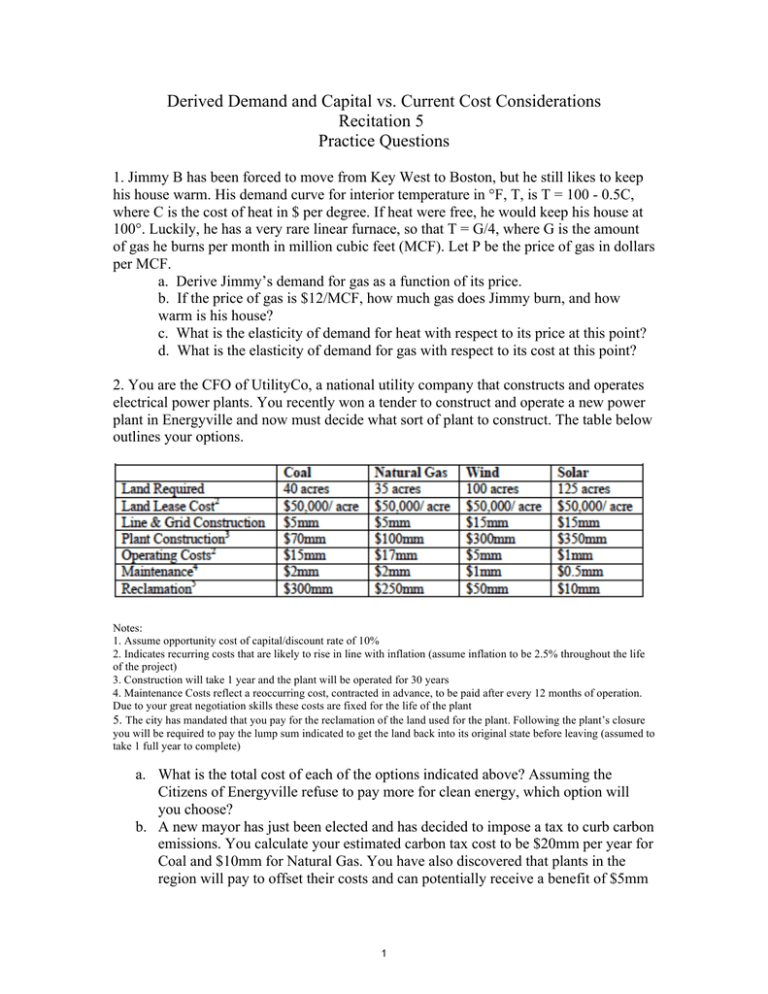
Derived Demand and Capital vs. Current Cost Considerations Recitation 5 Practice Questions 1. Jimmy B has been forced to move from Key West to Boston, but he still likes to keep his house warm. His demand curve for interior temperature in °F, T, is T = 100 - 0.5C, where C is the cost of heat in $ per degree. If heat were free, he would keep his house at 100°. Luckily, he has a very rare linear furnace, so that T = G/4, where G is the amount of gas he burns per month in million cubic feet (MCF). Let P be the price of gas in dollars per MCF. a. Derive Jimmy’s demand for gas as a function of its price. b. If the price of gas is $12/MCF, how much gas does Jimmy burn, and how warm is his house? c. What is the elasticity of demand for heat with respect to its price at this point? d. What is the elasticity of demand for gas with respect to its cost at this point? 2. You are the CFO of UtilityCo, a national utility company that constructs and operates electrical power plants. You recently won a tender to construct and operate a new power plant in Energyville and now must decide what sort of plant to construct. The table below outlines your options. Notes: 1. Assume opportunity cost of capital/discount rate of 10% 2. Indicates recurring costs that are likely to rise in line with inflation (assume inflation to be 2.5% throughout the life of the project) 3. Construction will take 1 year and the plant will be operated for 30 years 4. Maintenance Costs reflect a reoccurring cost, contracted in advance, to be paid after every 12 months of operation. Due to your great negotiation skills these costs are fixed for the life of the plant 5. The city has mandated that you pay for the reclamation of the land used for the plant. Following the plant’s closure you will be required to pay the lump sum indicated to get the land back into its original state before leaving (assumed to take 1 full year to complete) a. What is the total cost of each of the options indicated above? Assuming the Citizens of Energyville refuse to pay more for clean energy, which option will you choose? b. A new mayor has just been elected and has decided to impose a tax to curb carbon emissions. You calculate your estimated carbon tax cost to be $20mm per year for Coal and $10mm for Natural Gas. You have also discovered that plants in the region will pay to offset their costs and can potentially receive a benefit of $5mm 1 per year for the Wind and Solar plants. What are the new costs of construction and operating the plants, assuming these tax costs and potential benefits will rise with inflation? Does this change your answer to question a? In your response, please also discuss any operating assumptions or potential risks that may affect the residents of Energyville of the value of the energy generated by the various options. 2 MIT OpenCourseWare http://ocw.mit.edu 15.031J / 14.43J / 21A.341J / 11.161J Energy Decisions, Markets, and Policies Spring 2012 For information about citing these materials or our Terms of Use, visit: http://ocw.mit.edu/terms.
